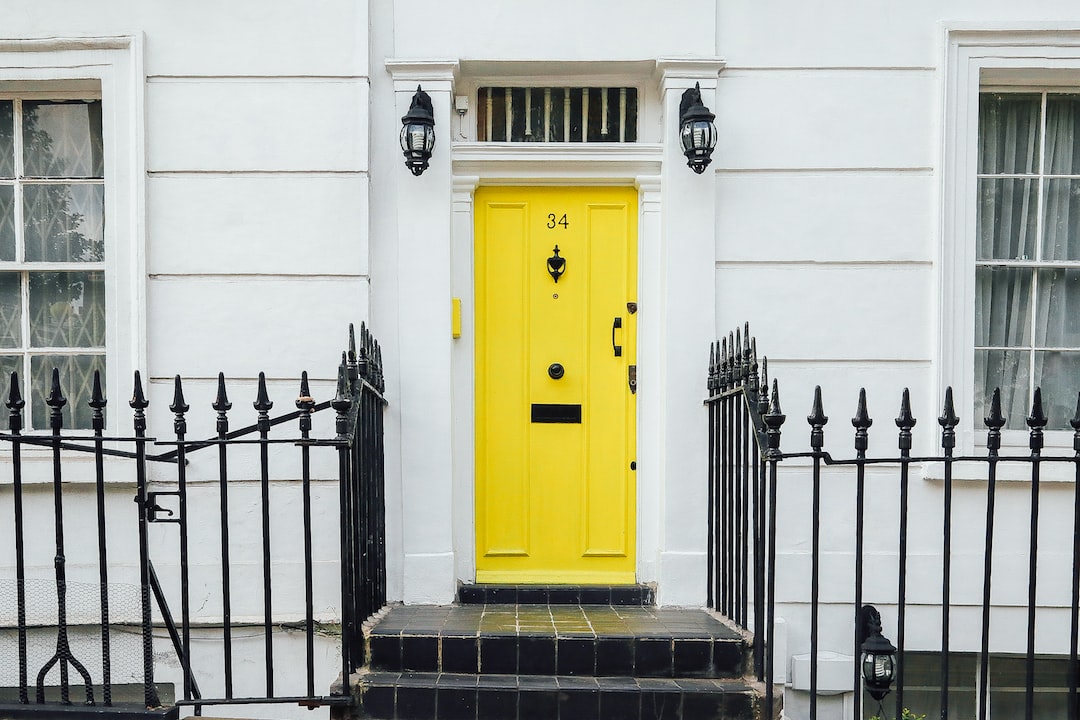Designing a Kid-Friendly and Organized Playroom for Your Children
A playroom is a magical space where your children can explore, learn, and let their imaginations run wild. However, it can quickly turn into chaos without proper organization and design. Creating a kid-friendly and organized playroom is not only beneficial for your sanity but also for your children’s development. Here are some tips to help you design a playroom that is both functional and enjoyable for your little ones.
1. Consider Safety First
Safety should always be your top priority when designing a playroom. Choose furniture and toys that are age-appropriate and free from any choking hazards. Secure heavy furniture to the wall to prevent accidents, and consider installing soft flooring or using area rugs for added cushioning. It’s also important to keep electrical cords out of reach and use outlet covers to prevent any accidents.
2. Plan for Ample Storage
One of the keys to maintaining an organized playroom is having enough storage space for all the toys and games. Invest in shelves, cubbies, and bins to keep everything neatly organized. Label each storage container with words or pictures so that your children can easily find and put away their toys. Encourage them to participate in the cleaning process by teaching them to sort and organize their belongings.
3. Create Different Zones
To maximize the playroom’s functionality, create different zones for various activities. Dedicate an area for arts and crafts, provide a cozy reading nook, and set up a space for building blocks and puzzles. By dividing the room into distinct zones, your children can engage in different activities without feeling overwhelmed.
4. Choose Multi-Functional Furniture
Opt for multi-functional furniture to save space and maximize utility. A storage bench can double as seating and provide additional storage for toys or books. Similarly, a play table with built-in drawers or compartments is a great way to keep art supplies or board games organized.
5. Incorporate Bright Colors and Themes
Children are drawn to bright colors and playful themes, so incorporate these elements into the playroom design. Paint the walls with vibrant colors or use removable wallpapers with fun patterns. Utilize colorful storage bins and labels to make organizing more appealing. Add curtains, rugs, or pillows that match the chosen theme to tie the room together.
6. Personalize the Space
Make the playroom a special place for your children by personalizing it with their artwork, photographs, or favorite toys. Display their artwork on a gallery wall or use magnetic boards to showcase their masterpieces. This will not only make the playroom feel more inviting but also boost their self-esteem and creativity.
7. Consider Accessibility
Keep the playroom accessible and within reach for your children. Consider their height when placing shelves, hooks, or organizers. Store their most frequently used toys or games at eye level so that they can easily find and play with them. This will empower them to explore and enjoy the playroom on their own.
In conclusion, designing a kid-friendly and organized playroom is a worthwhile investment of time and effort. By prioritizing safety, incorporating ample storage, creating different activity zones, choosing multi-functional furniture, utilizing bright colors and themes, personalizing the space, and considering accessibility, you can create a playroom that enhances your children’s playtime while keeping everything organized. Remember, a well-designed playroom not only benefits your children but also provides you with peace of mind and a clutter-free home.

